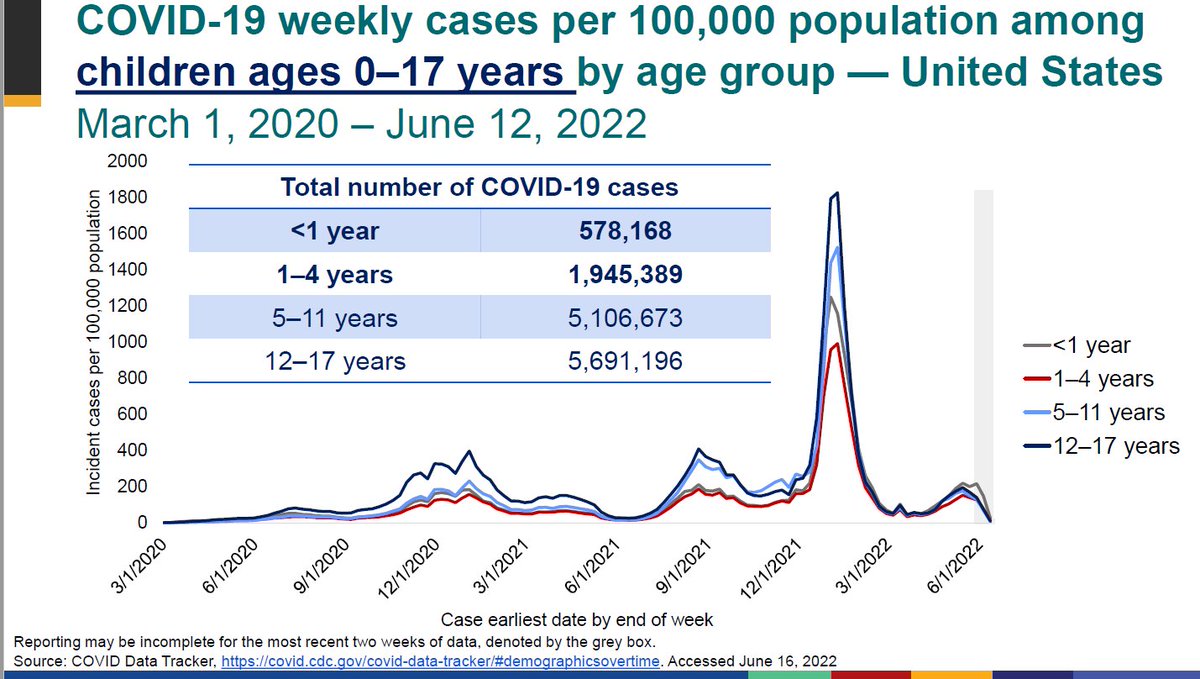
1/Hey #Maine-frostbite and hypothermia are no joke.
You could lose a finger, a limb, or even die. Here's what you need to know.
First, cold-related ER visits are real. With the upcoming Arctic blast, we expect to see Mainers needing emergency care. Don't be one of them.
You could lose a finger, a limb, or even die. Here's what you need to know.
First, cold-related ER visits are real. With the upcoming Arctic blast, we expect to see Mainers needing emergency care. Don't be one of them.

2/Let's start with hypothermia.
You can get it from being outside in cold temps. Hypothermia happens when your body loses heat faster than it’s produced.
When your body temp gets too low, it affects your brain.
You can't think clearly or move well, which is my baseline.
You can get it from being outside in cold temps. Hypothermia happens when your body loses heat faster than it’s produced.
When your body temp gets too low, it affects your brain.
You can't think clearly or move well, which is my baseline.

3/This is why hypothermia is dangerous: you might not even know that it’s happening .
So know the warning signs of hypothermia: shivering, exhaustion, confusion, slurred speech, etc.
So know the warning signs of hypothermia: shivering, exhaustion, confusion, slurred speech, etc.
4/Look, hypothermia is a medical emergency. If you see someone with those signs, get them inside and take their temperature.
If their temp is <95F, get them medical attention right away. Seriously.
If their temp is <95F, get them medical attention right away. Seriously.
5/You can also help warm them up.
Once they're in a warm room, get rid of any wet clothing and focus on warming their chest/neck/head with blankets.
Warm drinks can help, but no alcohol.
Once they're in a warm room, get rid of any wet clothing and focus on warming their chest/neck/head with blankets.
Warm drinks can help, but no alcohol.
6/Frostbite is caused by freezing. It leads to numbness and a loss of color and can hit any exposed skin.
It's serious.
In severe cases, you might lose a finger or toe.
It's serious.
In severe cases, you might lose a finger or toe.
7/If you notice that your skin is red or hurting, get inside. That might be the beginning of frostbite.
If you skin starts getting white, numb, or firm, frostbite is setting in.
Here's the thing: you might not know about it because of the numbness, which is also my baseline.
If you skin starts getting white, numb, or firm, frostbite is setting in.
Here's the thing: you might not know about it because of the numbness, which is also my baseline.
8/What to do? First, get indoors.
Unless absolutely necessary, don't walk on feet/toes that are frostbitten--that can increase the damage.
Don't rub or massage the area.
Unless absolutely necessary, don't walk on feet/toes that are frostbitten--that can increase the damage.
Don't rub or massage the area.
9/Best thing is to put the affected body parts in warm--not hot--water.
Do not use a heating source (stove, heating pad, fireplace) to warm them up--you can burn yourself.
Do not use a heating source (stove, heating pad, fireplace) to warm them up--you can burn yourself.
10/The best thing is to stay inside if at all possible. If you must venture out Fri/Sat, layer up and limit your time outside.
• • •
Missing some Tweet in this thread? You can try to
force a refresh








